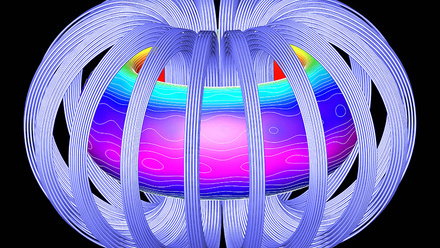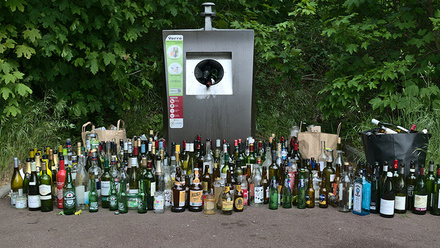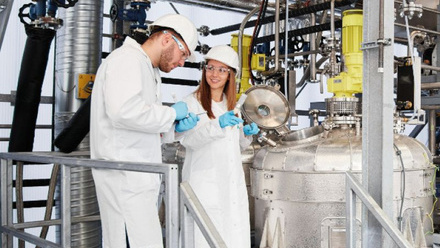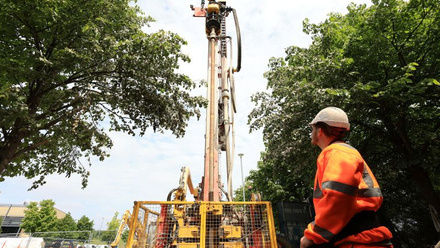Turning CO₂ into minerals without urea
Bacillus megaterium can mineralise carbon dioxide (CO₂) into calcium carbonate (CaCO₃).

The microorganism is commonly found in soil, freshwater and marine environments or on plant surfaces and can use CO2 to form CaCO3, the mineral that forms limestone and marble.
Under high-CO2 conditions – specifically, at concentrations over 470 times those found in the atmosphere – B. megaterium shifted its metabolic strategy.
Using an enzyme called carbonic anhydrase, it converts CO2 into bicarbonate, which then reacts with calcium ions to form solid calcite. The researchers have found that 94% of the resulting mineral is derived directly from CO2, not from nitrogen-based compounds like urea.
‘We know that dozens of bacteria have the potential to mineralise crystals,’ says Dimitrios Terzis, corresponding author at EPFL’s Soil Mechanics Laboratory and co-founder of spin-out Medusoil SA. ‘However, what is unique about our work is that we showcase this can be done by directly using CO₂.’
Principi, researcher at the University of Applied Sciences and Arts of Southern Switzerland adds, ‘The use of C13-labelled urea was key to tracing the origin of the carbon in the mineral, allowing us to quantify the microbial pathways with precision. It’s a great example of how multidisciplinary approaches – bridging microbiology, geochemistry, and materials science – can lead to impactful discoveries’.
Thus the microbe could lead the way to bio-based, carbon-sequestering binders, or conservation-grade materials for building and monument restoration.
Researchers from EPFL’s Soils Mechanics Laboratory, the University of Applied Sciences and Arts of Southern Switzerland (SUPSI) and the EPFL start-up Medusoil SA carried out the work published in Scientific Reports. Medusoil will continue scale-up trials.







